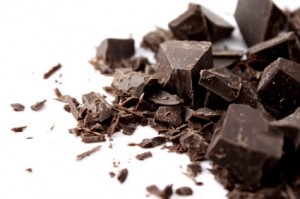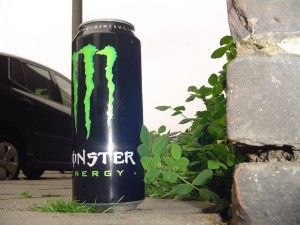Physical activity is essential to a healthy lifestyle. Being active prevents the risk of diseases, prevents weight gain, and also lowers your blood pressure. There are many ways to stay active during the week, one being Yoga. Yoga originated in India as a spiritual and self disciplined practice, around 5,000 years and is still very popular today (Harvard). According to the Huffington Post, over 20 million adults in America practice Yoga.
Yoga provides a variety of techniques that helps one gain mental and physical control of their body. Yoga consists of a variety of poses that tend to different body parts. Many of the poses take time and practice to achieve, so please do not get discouraged if you do not pick them up on the first try. Kripalu yoga and Iyengar yoga are beginner stage practices that will help you get into the rhythm. (Yoga Disciplines). The more you practice the more your muscles are strengthened, making it easier to control your body.

Yoga also increases your flexibility. Your muscles can become tight from lack of physical activity for a long period of time, a previous injury, or after intense workouts. Yoga loosens those muscles, which expands your physical abilities (The Benefits of Yoga). Viniyoga is known to help strengthen muscles after an injury. The classes tend to the needs of each individual (Yoga Disciplines).
The mental aspect of Yoga can relieve the stress of an individual. Stress not only messes with your state of mind, but it can also cause body aches. Family physician, Dr. Nevins states that “stress can reveal itself in many ways, including back or neck pain, sleeping problems, headaches, drug abuse, and an inability to concentrate” (The Benefits of Yoga). Therefore, yoga can be beneficial in relaxing the mind and reducing pain.
Yoga is also essential in weight loss. A style that can help with weight loss is power yoga. Power yoga is known an aerobic form that is similar to ashtanga yoga. This style differs from the others because the poses are continuous, resembling an athletic workout (Yoga Disciplines).
For individuals who interested in practicing Yoga after learning the health benefits, there are many classes offered across the world. There are also Youtube videos that will allow you to practice straight from home. For college students, try to get into yoga as an extracurricular activity. As for the yoga mats, they can be found found at popular stores, such as Walmart and Target, for reasonable prices. So, if you feel an urge to begin yoga lessons, do not hesitate. You can start today!











